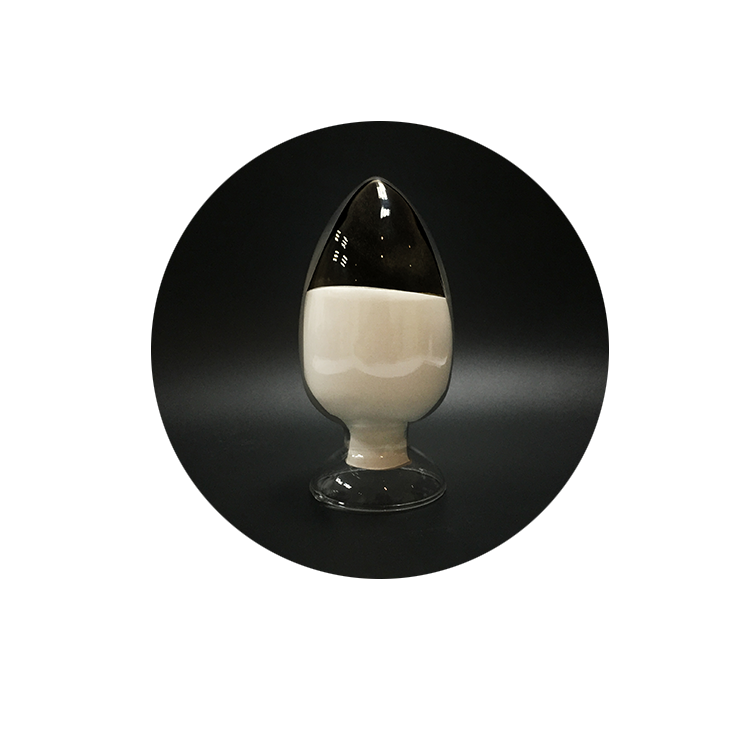Applications of Xylanase Enzyme in Steamed Bun Improver
When making steamed buns, we often traditionally add baking powder in addition to improving the quality of steamed buns, so as to make them whiter, bigger, softer, and more muscular. Baking powder contains baking soda and tartaric acid, which can produce carbon dioxide when they encounter water and are heated, making the steamed buns plumper. Enzymic preparations are the main element in steamed bun improver. Excessive addition or long-term use of enzymic preparations will not affect the human body, which has higher safety. In the ingredient list of steamed bun improvers, the word xylanase enzyme appears most frequently. What role does the xylanase enzyme play in steamed bread improver? For application of xylanase, you can contact us for more details.
Ⅰ. Functions of xylanase enzyme in steamed bun improver
Xylanase enzyme is the most abundant polysaccharide in steamed buns except cellulose. Xylan mainly refers to arabinoxylan, which is polymerized from xylose and arabinose and is an important non-starch polysaccharide in wheat flour, accounting for 1.5% to 3.0% of flour. Xylanase enzyme is a group of enzymes that act on xylan. Proper addition of arabinoxylans can improve the machining performance of dough, eliminate the harm of excessive fermentation, increase the volume of steamed bread, improve the texture of steamed bun core and delay aging. However, excessive use will lead to excessive dough viscosity and the reduction of the overall steamed bun quality.
Alpha amylase can be divided into bacterial alpha amylase and fungal alpha amylase according to their sources. Alpha amylase acts on the starch to convert the starch to dextrin and sugars, providing enough energy for yeast. It can speed up the fermentation of dough, and make the fermented dough more soft and expanded. But if you add too much amylase, the too strong effect will make the dough into a strong paste, affecting the quality of steamed buns. The bacterial alpha amylase is the most stable to heat, and its action extends to steaming temperature, so the addition quantity should be controlled. However, the fungal alpha amylase can be rapidly deactivated in the steaming process, and the action time is very short, which will not affect the starch structure of steamed buns.
The role of glucose oxidase is to oxidize glucose in the dough with the help of air to form gluconic acid. The other thing it does in the dough is convert the water to hydrogen peroxide. glucose oxidase acts on the mercaptan group in the gluten, and directly or indirectly induces disulfide bond formation. Therefore, it compacts the proteins, increases the strength of the dough, and increases the volume of the bund. The excessive addition of glucose oxidase will lead to the excessive oxidation, and coarsen the grain structure of bun pores, resulting in excessive gluten and deterioration of dough properties.
Ⅱ. The influencing factors of steamed bun color
The color of steamed bun depends on the pigmented bran in the flour and xanthophyll and erythrophyll dissolved in fat. Xanthophyll and erythrophyll, respectively, are faintly yellow pigments in plant cell chloroplasts. After fat is broken down by lipase, the pigment dissolved in the fat is released, allowing more space for the pigment to contact with oxygen. The pigment is oxidized and fades to whiten the color. If lipase is added excessively, the whiteness of steamed bun will begin to decrease, but the comprehensive whiteness of steamed bun epidermis is also higher than that without lipase.

